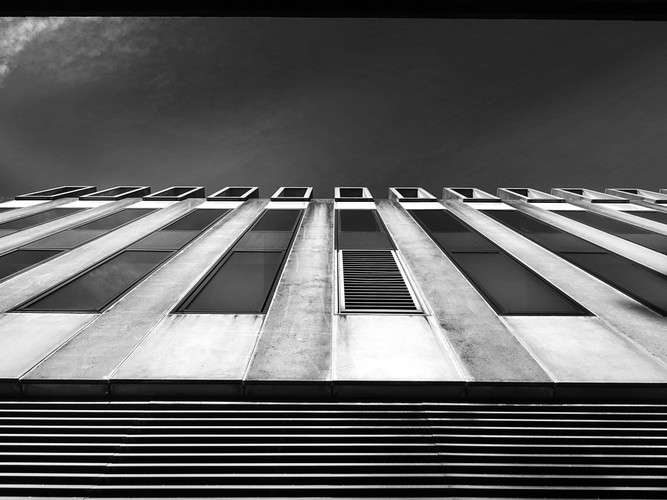When it comes to gaming, the size of the screen plays a significant role in enhancing the overall experience. A large screen allows for better immersion and a more panoramic view of the game world. On the other hand, a smaller screen offers portability and convenience. So, what size screen is best for gaming? Let's explore some options in the market and weigh their pros and cons to find out.

One of the most popular screen sizes for gaming is 27 inches. This size strikes a balance between immersion and usability. The ASUS ROG Swift PG279Q is a great example in this category. With its 2560x1440 resolution and IPS panel, it delivers vivid colors and sharp details. Additionally, the 165Hz refresh rate ensures buttery smooth gameplay. However, the high price tag might deter some budget-conscious gamers.
Moving up in size, 32 inches is another popular choice. The LG 32GK850G-B is a standout option in this range. Its 1440p resolution and VA panel offer deep blacks and high contrast, which is especially beneficial for darker game environments. The inclusion of NVIDIA G-Sync technology also eliminates screen tearing for a seamless gaming experience. On the downside, the larger size may require more desk space and the pixel density might be slightly lower compared to smaller screens.
For those seeking a truly immersive experience, a 34 to 38-inch ultrawide monitor is worth considering. The Samsung Odyssey G9 takes gaming to the next level with its massive 49-inch curved display. Boasting a resolution of 5120x1440 and a 240Hz refresh rate, this monitor offers unparalleled visual clarity and smoothness. Additionally, the HDR1000 certification ensures stunning colors and contrast. However, the steep price and the desk space required are notable drawbacks.
For gamers prioritizing speed and responsiveness, a smaller screen size may be preferred. The BenQ ZOWIE XL2540 is a 24.5-inch monitor designed for competitive gaming. With its 240Hz refresh rate and 1ms response time, it minimizes motion blur and input lag. The black eQualizer feature also enhances visibility in darker scenes, giving players a competitive edge. Nevertheless, the small size may limit the immersive experience and the 1080p resolution may not satisfy those seeking higher pixel density.
Lastly, for gamers on a budget or those preferring a more casual gaming setup, a 21 to 24-inch monitor can still provide an enjoyable experience. The Acer R240HY is a 23.8-inch monitor with an affordable price tag. Its IPS panel offers decent color accuracy and wide viewing angles. Additionally, the slim bezels and thin profile provide a sleek look. However, the lower resolution and lack of advanced gaming features may not meet the demands of more hardcore gamers.
In conclusion, the best size screen for gaming depends on individual preferences and priorities. Whether it's the immersive experience of a large display or the speed and responsiveness of a smaller one, there are options available for every gamer. The key is to consider factors such as resolution, panel type, refresh rate, and budget. Ultimately, finding the perfect screen size for gaming is about striking the right balance between visual impact and practicality.
